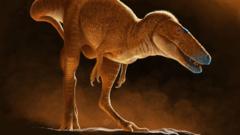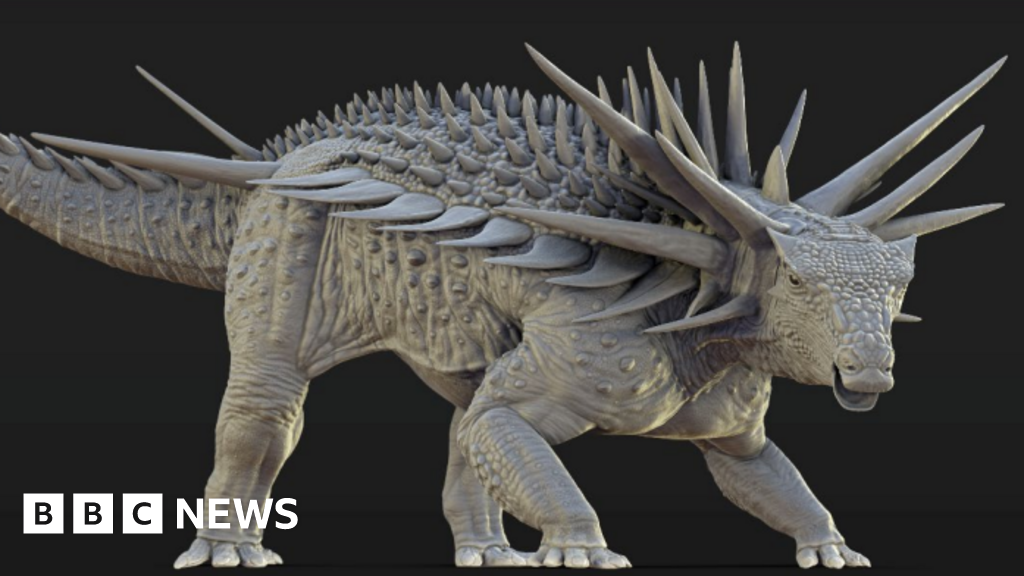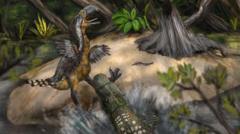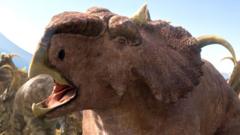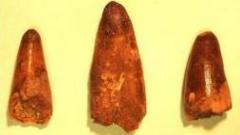Leading the research, Professor Darla Zelenitsky from the University of Calgary explains that the early tyrannosauroids were small, agile predators that lived alongside more dominant carnivorous dinosaurs. "Khankhuuluu represents an important evolutionary transition," said Professor Zelenitsky, noting its significance as a shift from these small hunters to the massive tyrannosaurs like T.rex, which could weigh up to eight times more.
The two skeletons, uncovered in the early 1970s and previously classified under the species Alectrosaurus, were re-evaluated by PhD student Jared Voris, who identified distinct tyrannosaur features. "This is a transitional fossil demonstrating early evolutionary traits essential for the formidable bite forces seen in later tyrannosaurs," explained Voris. The anatomical traits noted, especially in the skull, provide insight into how such powerful jaws evolved, allowing T.rex to prey on larger targets, even piercing bone.
The findings suggest that the evolutionary journey of the tyrannosaurs was influenced by migration patterns between North America and Asia, facilitated by ancient land bridges. This interchange likely spurred the diversification and evolution of various tyrannosaur species over millions of years.
Professor Zelenitsky concluded, “This discovery emphasizes that before they took their place as apex predators, the ancestors of tyrannosaurs were just beginning their evolutionary journey as the princes of the prehistoric world.” This new species not only enriches our understanding of the tyrannosaur family tree but also the broader narrative of dinosaur evolution.
The two skeletons, uncovered in the early 1970s and previously classified under the species Alectrosaurus, were re-evaluated by PhD student Jared Voris, who identified distinct tyrannosaur features. "This is a transitional fossil demonstrating early evolutionary traits essential for the formidable bite forces seen in later tyrannosaurs," explained Voris. The anatomical traits noted, especially in the skull, provide insight into how such powerful jaws evolved, allowing T.rex to prey on larger targets, even piercing bone.
The findings suggest that the evolutionary journey of the tyrannosaurs was influenced by migration patterns between North America and Asia, facilitated by ancient land bridges. This interchange likely spurred the diversification and evolution of various tyrannosaur species over millions of years.
Professor Zelenitsky concluded, “This discovery emphasizes that before they took their place as apex predators, the ancestors of tyrannosaurs were just beginning their evolutionary journey as the princes of the prehistoric world.” This new species not only enriches our understanding of the tyrannosaur family tree but also the broader narrative of dinosaur evolution.

